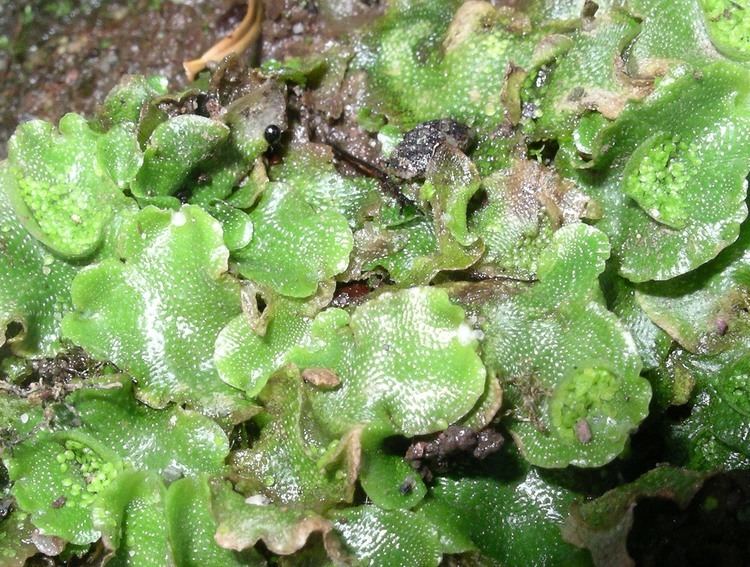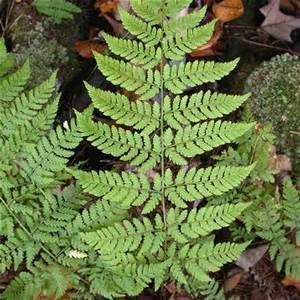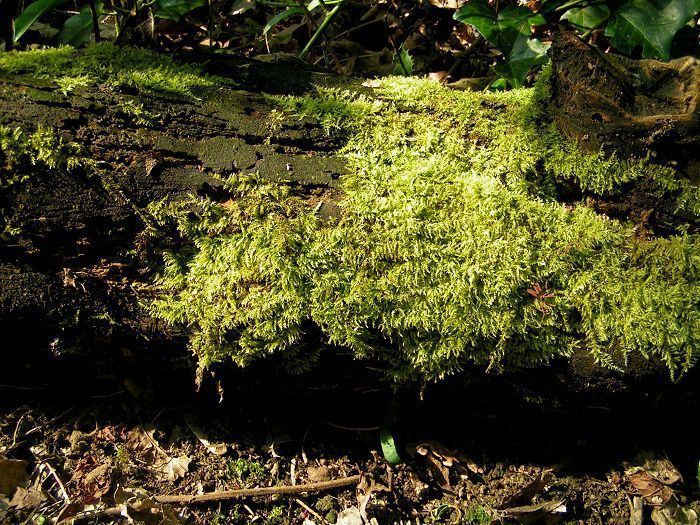 | ||
Representative species Java moss, Polytrichum commune, Pincushion moss, Hylocomium splendens, Sphagnum palustre | ||
Ap biology chapter 24 section 2 bryophytes non vascular plants
Non-vascular plants are plants without a vascular system consisting of xylem and phloem. Although non-vascular plants lack these particular tissues, many possess simpler tissues that are specialized for internal transport of water.

Non-vascular plants do not have a wide variety of specialized tissue types. Mosses and leafy liverworts have structures that look like leaves, but are not true leaves because they are single sheets of cells with no stomata, no internal air spaces and have no xylem or phloem. Consequently, they are unable to control the rate of water loss from their tissues and are said to be poikilohydric. These organisms do, however, contain an elementary cuticle which was important in the evolution of land plants.

All land plants have a life cycle with an alternation of generations between a diploid sporophyte and a haploid gametophyte, but in all non-vascular land plants the gametophyte generation is dominant. In these plants, the sporophytes grow from and are dependent on gametophytes for taking in water and mineral nutrients and for provision of photosynthate, the products of photosynthesis.
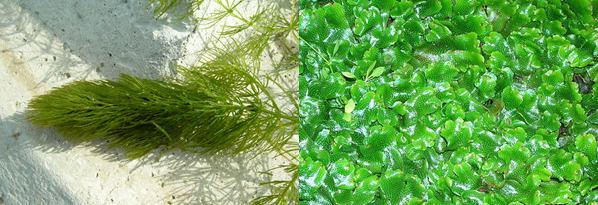
Non-vascular plants include two distantly related groups:
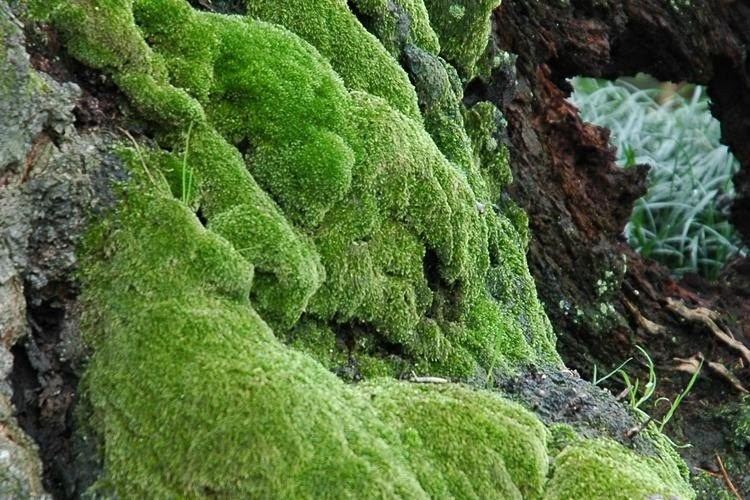
These groups are sometimes referred to as "lower plants", referring to their status as the earliest plant groups to evolve, but the usage is imprecise, since both groups are polyphyletic and may be used to include vascular cryptogams, such as the ferns and fern allies that reproduce using spores. Non-vascular plants are often among the first species to move into new and inhospitable territories, along with prokaryotes and protists, and thus function as pioneer species.
